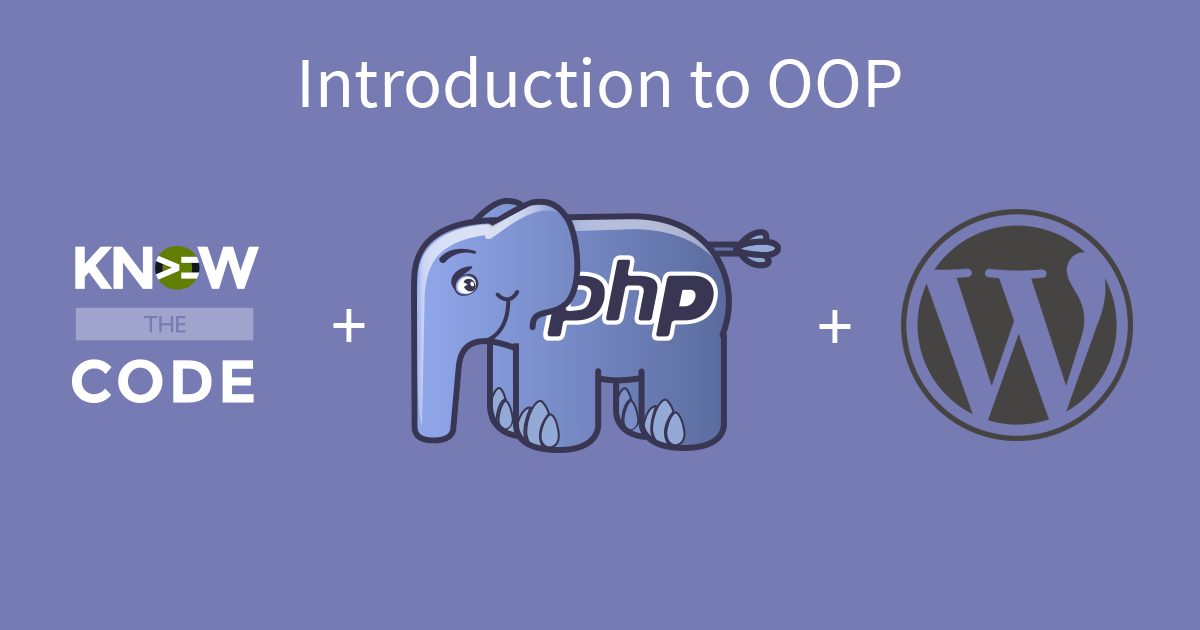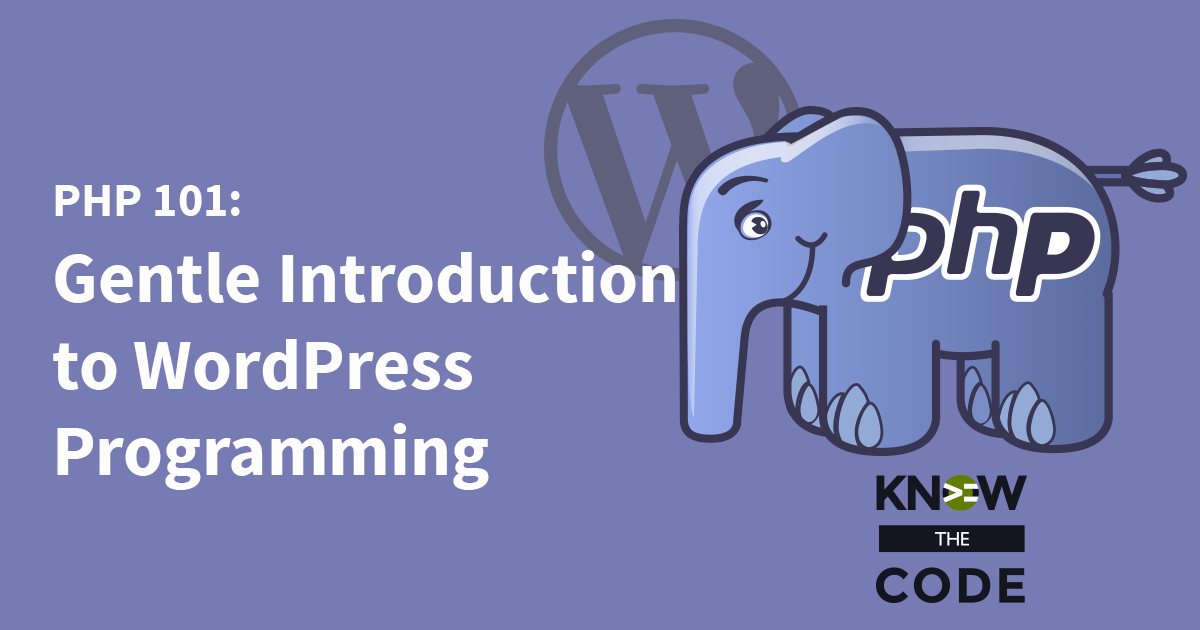It’s time to put your objects to work. It starts by thinking about the work (behavior) that a user would do. How is your code going to use and work with the object? Let’s talk through the different behaviors, such as checking if the user is logged in, changing password, etc. Then let’s make an object work by calling one of the methods. Remember, that in OOP, the keyword function is referred to as a “method” (confusing I know). Then let’s stop for a moment and see if you are grasping the concept of objects. Notice that you created two […]


